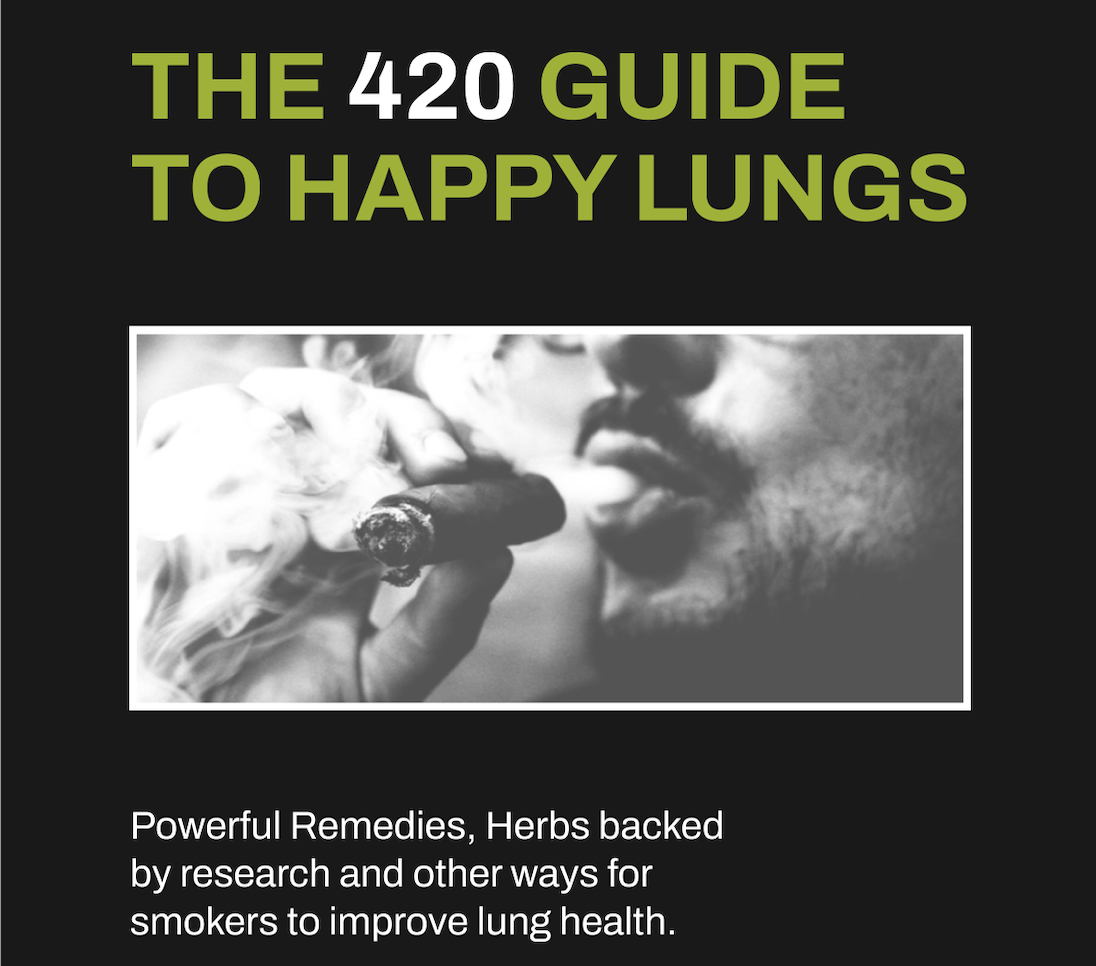
Mullein: The Lung-Clearing Powerhouse
Mullein is renowned for its expectorant properties, making it ideal for smokers battling mucus-laden coughs. Its leaves and flowers contain mucilage, saponins, and flavonoids that thin phlegm, ease expulsion, and relax bronchial muscles. For smokers, this means relief from chronic coughs and improved airflow, countering the paralysis of cilia caused by smoke.
Scientific evidence supports these claims. A review of Verbascum species highlights their use in Spanish folk medicine for respiratory issues like asthma and bronchitis, attributing benefits to flavonoids (quercetin, luteolin) that inhibit inflammatory enzymes like lipoxygenases and NADPH oxidase. These compounds suppress pro-inflammatory cytokines, potentially mitigating smoking-related inflammation. In vitro studies show mullein extract protects cells from damage by 85%, thanks to antioxidants like vitamin C and flavonoids, crucial for smokers facing oxidative stress from free radicals.
Animal research further validates mullein's bronchodilatory and expectorant effects. A 2005 Phytotherapy Research study found mullein extract cleared mucus and eased breathing in models of asthma and bronchitis. Another assessment notes its historical use for asthma, with early 1800s trials showing cough relief in respiratory distress patients, though modern randomized trials are needed. For smokers, mullein's antiseptic qualities combat bacteria like staph and E. coli, reducing infection risk in compromised lungs. Smoked or as tea, it opens constricted airways, mobilizing stagnant mucus—vital for those with smoker's cough.
Overall, mullein's anti-inflammatory and mucus-thinning actions make it a smoker-friendly herb, potentially slowing progression of lung damage when used alongside cessation efforts.
Calendula: Soothing Inflammation in Respiratory Tissues
Calendula, with its vibrant orange petals, is primarily celebrated for wound healing, but its anti-inflammatory prowess extends to respiratory health. Rich in triterpenes, flavonoids, and carotenoids, it calms irritated mucous membranes, reducing swelling that smokers experience from constant toxin exposure. This can alleviate throat soreness and lung inflammation, promoting easier breathing.
Though research on calendula for lungs is less abundant than for skin, its systemic anti-inflammatory effects hold promise. Studies show calendula inhibits pro-inflammatory cytokines like IL-6, TNF-α, and COX-2, balancing immune responses. In rat models, extracts reduced oxidative stress by up to 122%, countering smoke-induced free radicals that damage lung cells. A clinical trial using calendula mouthwash cut gingival inflammation by 46%, suggesting similar benefits for respiratory tracts via teas or gargles.
For smokers, calendula's soothing nature is highlighted in blends with cannabis or tobacco alternatives, where it gentles inhalation, reducing throat and lung irritation unlike harsh tobacco. Herbalists recommend it for calming inflamed lung tissues, potentially aiding in conditions like bronchitis exacerbated by smoking. Anecdotal evidence supports its use for sore throats, but a study on tobacco-induced leukoplakia showed calendula gel's efficacy, implying broader oral-respiratory benefits. Its antioxidant properties may protect against smoking's carcinogenic effects, though direct lung studies are sparse.
In essence, calendula's gentle anti-inflammatory action offers supportive relief for smokers' inflamed airways, complementing other remedies.
Chrysanthemum: Protecting Lungs from Oxidative and Inflammatory Damage
Chrysanthemum, especially species like C. morifolium, has long been used in traditional Chinese medicine to clear "heat" and support respiratory function. Its flowers contain flavonoids, phenolic acids, and terpenoids that provide antioxidant and anti-inflammatory effects, shielding lungs from pollutants akin to cigarette smoke.
Research demonstrates chrysanthemum's lung-protective qualities. In a mouse model of acute lung injury (ALI) induced by lipopolysaccharide (mimicking bacterial infection or inflammation), ethanol extract reduced edema, inflammatory cell infiltration, and cytokine levels (TNF-α, IL-6), while boosting anti-inflammatory IL-10 and TGF-β1. It also enhanced antioxidant capacity, lowering oxidative stress markers—key for smokers whose lungs suffer constant radical assault.
Another study on PM10-induced lung injury (particulate matter similar to smoke particles) found chrysanthemum extract decreased inflammation via inhibiting NF-κB and MAPK pathways, reducing ROS and NO production. For bronchial hypersensitivity, a chrysanthemum-skullcap mix lowered asthma-related cytokines like IL-4 and IL-13, suggesting benefits for smoke-aggravated asthma. Supercritical extracts showed anti-inflammatory effects in pulmonary fibrosis models, decreasing TNF-α and preventing fibrosis progression.
Smokers may find chrysanthemum tea soothing for throat and lung discomfort, with its properties aiding in detoxifying and reducing infection risk in vulnerable respiratory systems.